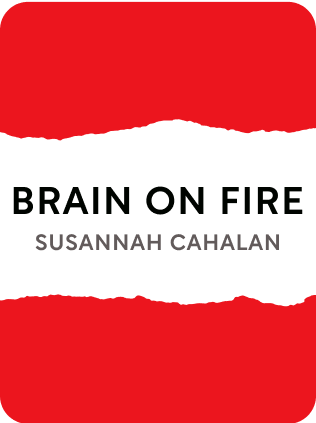

This article is an excerpt from the Shortform summary of "Brain On Fire" by Susannah Cahalan. Shortform has the world's best summaries of books you should be reading.
Like this article? Sign up for a free trial here .
How do we form memories? Is the process of memory formation impaired by autoimmune encephalitis?
Memory formation is the process by which the brain stores knowledge and experiences. It is an essential process for regular functioning. But diseases like autoimmune encephalitis can get in the way of this process.
Read more about how Susannah’s memory formation in the brain was impaired when her brain was on “fire”.
How Do We Form Memories?
Our brains form memories when two different areas of the brain identify an experience as important enough to be remembered. The hippocampus gives the experience context for memory formation in the brain. The amygdala associates the experience with an emotion. The higher the emotion, the more likely the experience will be preserved as a memory. When these areas are compromised by disease, a memory may not form.
Memory formation is not perfect and memories are often inaccurate. Each time our brain recalls a memory, it rewrites it, adding new, possibly fictitious, information. For instance, Susannah’s memory of an orange band on her wrist saying Flight Risk wasn’t real; in fact, she had a yellow band that said Fall Risk.
On the other hand, authentic memories can be triggered by our senses, like the sudden recognition of a recognizable smell, color, or image.
Susannah’s Process of Memory Formation
Susannah’s old self finally reawakens. She begins reading again and starts keeping a diary. Her father encourages her to draw upon her memory, but she can recall only numbness, sleepiness, and three seizures. She remembers nothing from her time in the hospital.
Two years after her release from the hospital, Susannah returns to NYU for a visit. Much to her disappointment, nothing looks familiar. Until she’s hit by a smell. And she sees the purple lady. They hug, and images flood Susannah’s mind: Stephen arriving with his nature DVDs. Her father feeding her. Her mother staring out the window.
Memories rush back to Susannah, knocking her off balance. With each memory recovered, she wonders what others remain, knowing there are thousands she’ll never retrieve. The other Susannah, the mad Susannah, calls out to her, saying, “Don’t forget me. Please.” The new Susannah knows that no matter how many memories she regains, or how much research she does, many bits of her life have simply vanished. Still, she’s comforted by the fact that even though she was not conscious during her lost month, some part of her was present after all.

———End of Preview———
Like what you just read? Read the rest of the world's best summary of Susannah Cahalan's "Brain On Fire" at Shortform .
Here's what you'll find in our full Brain On Fire summary :
- How a high-functioning reporter became virtually disabled within a matter of weeks
- How the author Cahalan recovered through a lengthy process and pieced together what happened to her
- How Cahalan's sickness reveals the many failures of the US healthcare system






